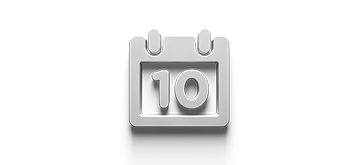Output device
Assigment objetive:
1- Add an output device to a microcontroller board you've designed
2- Program it to do something
1- Add an output device to a microcontroller board you've designed
In this assignment I have learn a lot and I got an interrogation. I had a problem quite strange with the first circuit board that I fabricate. And I prove that the best way to control your board is designing from scratch.
First, I started analyzing the information and the datasheet of a bipolar stepper motor board and how the pins are connected with the components. As a designer are new for me most of the components and I been trying to understand each one.
Then I continued with the fabrication of the board and I had and issue with the 5V regulator because in this fablab they were doing inventory and we haven’t found the smallest 5V regulator so I had tu use the bigger one. Andres Moreno noticed that I had to turned 180 degrees the 5V regulator in to solder correctly the component with Neils circuit board design.


Onces everything was soldered I continued with programing but I found a problem with communication between board and computer so I could not Burn Bootloader. To discard hardware errors I checked voltage and electric conduction of the board in every single pin. At this point the time flew; I had not resolve that problem and Monday appears. So I decided to make another circuit board. I researched antecedents and I located some MIT Fab Academy and Fab Academy students with the same problem and others that had not issues with motor stepper board, something that made everything quite strange. Actually, I replace de processor because I thought that I burned and It did not work either

2- Program it to do something





To the new board I decided to take the embedded programming class board to develop a RGB led output. I noticed that in RGB Led for SMD the red color is the reference side to soldering.


After redesign the new board and mechanized it I proved programming the processor and I did not have problems and it works.





